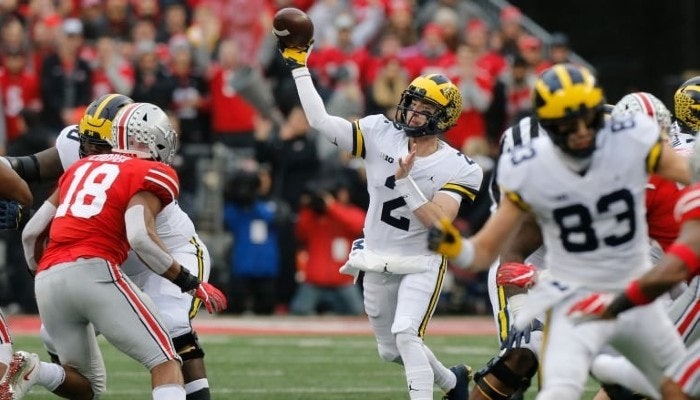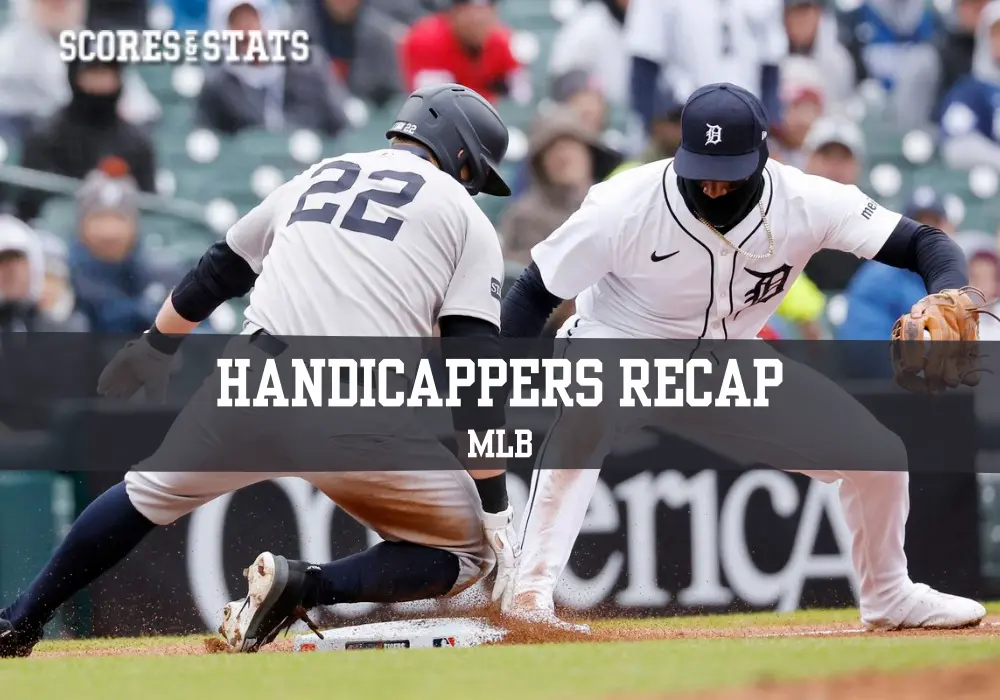It all started with the Ivy League. The eight-member league of elite institutions shut down all fall sports, including football, in early July. Other conferences would follow. It was the beginning of a domino effect in college football.
The NJCAA, which oversees most of the nation’s junior colleges, was next voting to move football to the spring. Conferences most fans have never heard of – the Patriot League, the MEAC, and SWAC – all jumped on board the domino train and either postponed the starts of their seasons or are planned to move to the spring.
Then came the news college football fans were dreading. The Big Ten announced it was cancelling its fall football season with hopes of playing in the spring of 2021. The Pac-12 followed like a lost puppy dog.
Yes, the coronavirus is wreaking havoc on college football, but it is not the biggest threat to some sort of a college football season in 2020. No, the virus itself won’t kill college football. Something else might.
Access Our Free College Football Picks and Previews.
The Student-Athlete
College football players, in case you didn’t know, also happen to be college students. At some point, colleges and universities will have their students report to campus. If you understand where this is going, you see the problem.
Football players do not exist in a vacuum. They can remain isolated for their training camp where they all practice, eat, meet, and sleep together. When the rest of the students return to campus though, well, the potential is there for cross-contamination.
Campuses could see large outbreaks of COVID-19. Many might think “big deal” because of the relatively low death rate among those who are college age. What most do not see is the huge support system on a college campus.
Sure, students becoming infected probably isn’t that big of a deal, but when a dining hall worker or a custodian, or some other staff member becomes infected look out. There will be plenty of more vulnerable members of a college community that could become infected.
Therein lies the problem with a fall football season. Can one be salvaged? It’s entirely possible and a look back in time might help.
How About a History Lesson
In 1918, the U.S. was dealing with a brutal influenza epidemic. It was long before the internet, modern medical advances, etc. Somehow, 1918 managed a college football season.
Purdue is listed as the 1918 Big Ten champion. The Boilermakers played only six games that year, just one in the conference. That game was, of course, a victory which gave Purdue the title.
Teams like Purdue and Pittsburgh put together schedules on the fly in 1918. The Panthers entire 1918 schedule had been cancelled because of the flu epidemic. When the spread of the flu seemed to be under control in October, Pittsburgh – coached then by Glenn “Pop” Warner – put together a four-game schedule.
One of those games was against a Georgia Tech team coached by a guy named John Heisman. Yes, that’s the guy the trophy is named after. Georgia Tech had a 33-game unbeaten streak that dated back four seasons. In the snow in Pittsburgh, the Panthers trounced Heisman’s Yellow Jackets 32-0.
Surprisingly, 39,000 fans showed up to watch the game at the legendary Forbes Field.
Gamble on NCAA Football with the Best CFB Bookies.
What Lies Ahead for College Football
The SEC, ACC, and Big 12 have all said they are moving forward with playing college football this fall. The American Athletic Conference (AAC) is also moving ahead. One of the big questions fans have is in relation to the CFP.
Without the Big Ten and Pac-12, will there be a playoff? The conferences own the CFP and could push forward with a playoff at the end of the regular season. Could the Big Ten and Pac-12 do the same in the spring? The short answer is yes.
The bottom line is that no one really knows what lies ahead. College football could learn a little from 1918 when teams around the country put together schedules and salvaged at least part of a season.
Maybe college football could learn a little from Texas high school football too. Hundreds of schools moved forward with football in Texas. Out of 65,290 athletes, there were 278 positive coronavirus tests.
Only four of those positive test results were traced back to football activities. There have been zero deaths.
If high schools can figure it out, can’t college football?












